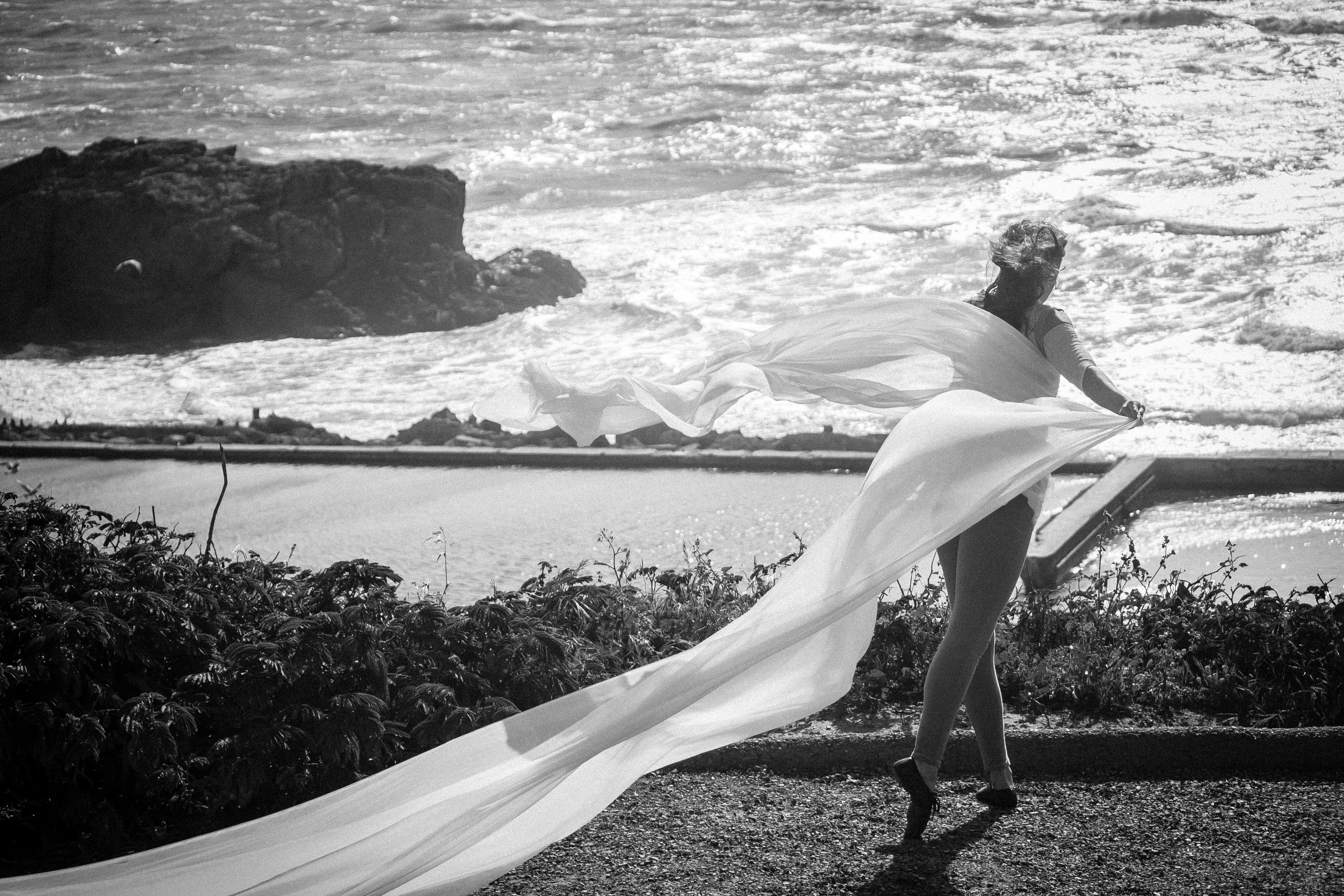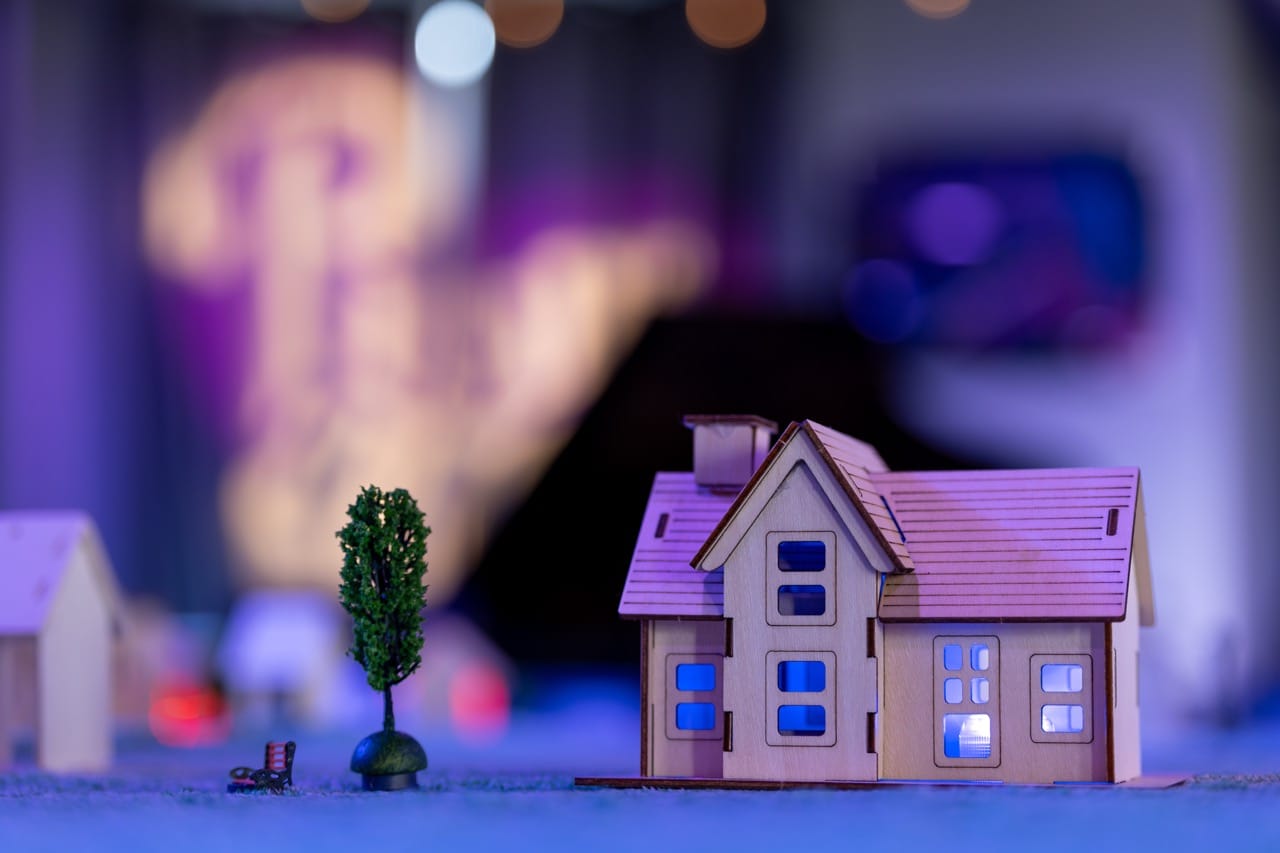
Notes From Ondine
Image: Lauren Matley for We Players
Bunny Holmes as told to Noah Nelson
This year we expanded the newsletter part of No Proscenium to encompass New York City and the San Francisco Bay Area. It’s been great to see the sheer diversity of work that is going on between those two regions and Los Angeles, where we got our start.
The downside to running a newsletter that covers three urban areas is that there is no way for me to see everything that is happening in each town. I can’t even make it to all the work that takes place in LA.
Which is where Bunny Holmes (@pygopagus) comes in. Bunny is the founder of the Vespertine Circus, a group in the Bay Area that is working on developing it’s own brand of interactive experiences. I asked her to check out the latest big ticket show in the Bay Area — We Player’s Ondine. The production took place at the historic Sutro Baths on the coast of SF.
The play by Jean Giraudoux, in a translation by Maurice Valency, is a “tragicomic love story between a mystical creature of the deep and a hapless knight errant.” The production was co-Directed by Carly Cioffi & Ava Roy, and the We Players company has been building up some good buzz in the Bay. I had to know what was up, and Bunny sent me the following impressions.
-Noah Nelson, No Proscenium
To start, Ondine was superbly cast. Ondie herself was supernaturally gorgeous, and each player fit the part and acted exquisitely. The costumes were beautiful, actors were easy to tell apart from the audience without being especially flashy; overall the tone was very earthy, and actors were still easy to differentiate and enjoy. The spirits of nature had long flowing garments which interacted spectacularly well with the wind. A+
Get Noah J Nelson’s stories in your inbox
Join Medium for free to get updates from this writer.
SubscribeSubscribe
I do wish that there had been a little less “contemporary dance”, because when actors or other persons who are clearly not serious dancers dance on stage it makes me uncomfortable. Disclaimer: I am a movement arts snob, with strong opinions about qualifications for presenting ballet, modern, or contemporary dance in professional settings. I suspect most in attendance liked it. If nothing else, it added scenic texture, though given that the play was at Sutro Baths, that feels unnecessary.
The instrumental music was a lovely, very strong addition to the story, and was especially charming during the processions — musicians acting as beacons for us to follow on our way. Seeing tubas and fiddles played in nature warms my heart.
Processions helped keep the length of the play pleasant — a three hour event, or even a two hour event with lots of standing or sitting is difficult for fidgety folks like me, and the walking from location to location was just long enough to boost circulation and keep my energy up. Sitting still is a thing I often find challenging when attending Shakespeare plays. Processing was far superior to a traditional intermission, for me.
The location was exquisite. The cold was very manageable and those who read the e-mailed instructions didn’t seem to have any trouble with temperature (myself among them) though there were definitely people who came unprepared who seemed rather uncomfortable. It’s clear that the We Players made a good effort to notify everyone of what to expect, and there is only so much you can do when audiences are dealing with formats they are unaccustomed to. I am glad I brought my own tiny chair, it was easy to carry and made all the difference. Anyone who has been to the Sutro Baths and Lands End before knows how magical that space is, and anyone who hasn’t yet is in for a real treat. There are few places quite like it. To me, Lands End feels more like the Aran Isles in Ireland than any other part of California.
Interactions with the cast were exceptionally minimal. The audience was not invited to be a part of the world of Ondine, only to see it. The fourth wall was more thick than in many traditional plays I have attended at Berkeley Rep or Cal Shakes. Eye contact with actors was rare, words from them even more so. I had no identity in that place, no incentive to play, no space for exploration. The audience exists on such a monorail, and is addressed (or rather, not addressed) so traditionally, that I would personally call the piece “site specific” but not “immersive” the way I think of immersive theater.
There was a moment during a procession, when we were walking past a few atmospheric actors who were sitting and having conversations, and one fellow was reading something in French aloud to himself. I almost, almost, walked off the path to say “Hello. I like you. I came here alone, can I walk with you?” but I couldn’t help but feel certain that this was not a desirable response, and sure enough he had to hurry off to be in the next scene on stage, so in retrospect, he would have had to ask me to leave him alone, or else be late for a cue. He had no time to chat. Actually chatting with us was not an anticipated part of his job.
Apart from asking guests to walk uphill, and putting them somewhere cold, I didn’t see this show taking any risks.
The audience appeared to be the same audience that attends Berkeley Rep, as well, mostly in their 40s and up with a handful of exceptions dressed in clothes they probably bought at REI. Though a sizeable bunch (approx 140 in attendance, by one usher’s recounting), the cold and wind subdued their applause and overall the atmosphere was rather stoic. This does not make me doubt their appreciation of the show, rather, discomforts of temperature have always make audiences quiet from what I’ve seen.
One of the few unique things about using this location was the occasional interactions with the public. Tourists, hikers, dog-walkers and whatnot were delightfully confused by the gathering. It felt like being in on an inside joke, and that is a delicious feeling.
My favorite moment (and I feel childish for saying this), was when actors were forced to interact with us, by acting as crossing guards and leading us across the street — and then, when a dog started barking frantically at a gentleman in a particularly “period” costume shouting into a cone. It felt like the dog was some kind of absurdity detector, and was pointing out to all of San Francisco that this man standing on a box in his costume was ridiculous. That was delightful. It was real and it drew attention to the fact that in theater (this theater or any theater) we are all agreeing to play make believe together, I like that.
The play was very beautiful, 65% solemn, effectively traditionally formatted, professionally conducted, and not my taste. I am a woman for comedies, adventures, exploration and participation, and Ondine offered me none of these things in large measure. I have friends I would earnestly recommend it to as a lovely experience, but for what I love I must continue to search.














Discussion